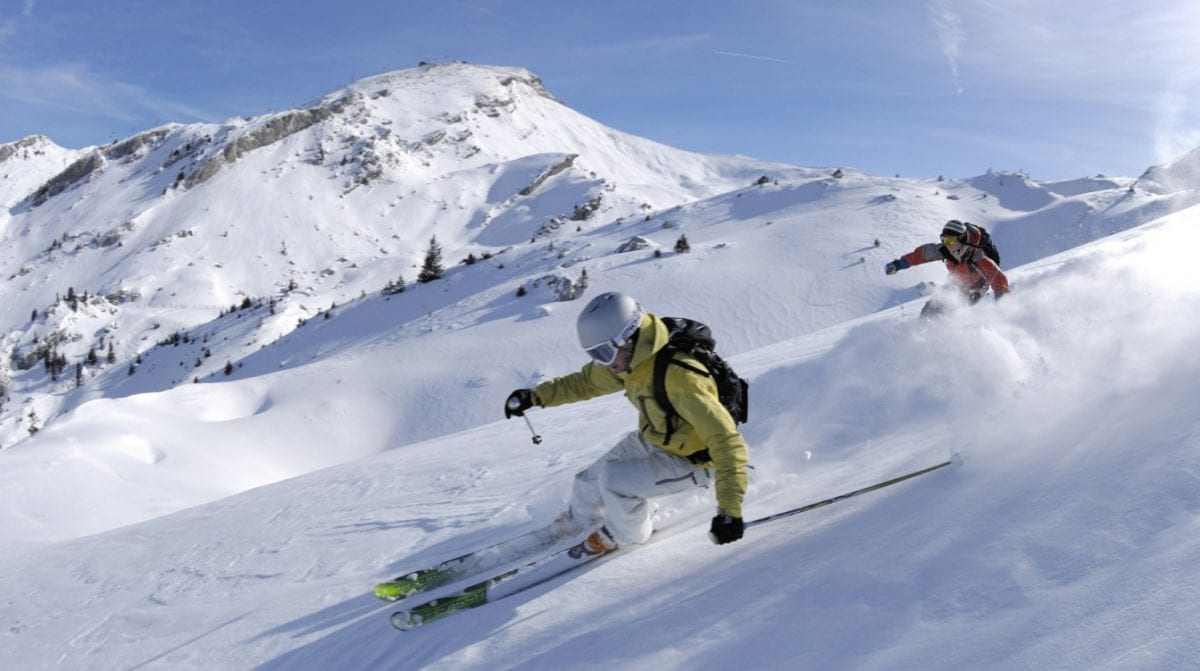While skiing is an enjoyable activity for both the young and old, injuries can happen when you are skiing. Fortunately, there are dozens of ways you can minimize accidents, injuries, and deaths while your ski adventures.
The snow is wet and slippery, by wearing proper thermal clothing like a Descente ski jacket, you can avoid serious conditions like hypothermia. It is always good to prepare and move to the side of caution rather than face an accident in the snow.
Most Typical Ski Injuries
There are different kinds of injuries associated with skiing. The most common are knee injuries. Next are shoulder injuries, which are also very prevalent, especially sprains and dislocations. Fractures in the lower leg and shoulder are common, too. There are also head injuries, which count as one of the most severe. Skiing lessons are very essential for beginners. Mastering how to fall properly and safely can decrease the risk of injury. In fact, even experienced skiers can benefit from these lessons.
Always warm-up
According to studies, cold muscles have a high risk of being injured. Do not forget to warm up by walking, running, or doing jumping jacks for at least three to five minutes. To finish your warm-up, do several very slow ski runs instead.
Learn how to safely get on a ski lift
Before you proceed to an outing, learn how to appropriately get on and off a lift. You have to ensure that you are in the best physical condition when go on ski adventures. To condition your body, you can choose ski runs and gradually establish your way up to a much more complicated trail.
Hydrate
Dehydration will impact your endurance and physical capacity. Drink a lot of water pre, post, and during skiing.
Acquaint yourself with the safety rules
Learn and follow all the rules and regulations of the ski resort. This includes how to merge, stop, and yield safely to your fellow skiers.
Use the proper equipment
Skiers are advised to wear several layers of lightweight, loose and wind plus water-proof items of clothing for warmth, comfort, and protection. Inspect the binding of every single ski prior to skiing. It should be properly set to your skiing ability, weight, and height.Lastly, wear proper protective gear like ski helmet and goggles. It must be worn all the time.
Always ski in a safe environment
Ski on trails that are marked and stay away from possible avalanche areas. You should also lookout for the icy patches and rocks on ski trails. Be aware of warnings about approaching storms and a massive decrease in temperature.
More importantly, skiers need to follow a buddy or tandem system when on their ski adventures. If you ski ahead of your partner, stop and wait. Find shelter and medical assistance right away if you, or one of your fellow skiers experience frostbite or hypothermia. Ensure that everyone is well-versed with the appropriate steps for asking help if injuries arise.








